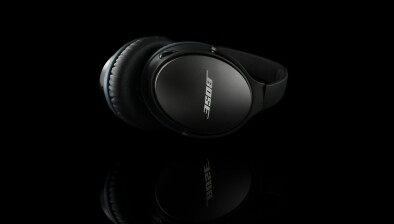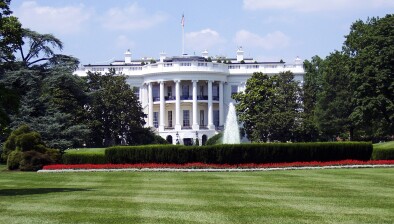And finally… Chinese firm 3D prints two-story house on-site in 45 days
Chinese construction company HuaShang Tengda has 3D printed a 400-square-meter, two-story house in a mere month and a half.
The Beijing-based firm is a major competitor of fellow Chinese construction company WinSun, which we’ve featured previously with its 3D printed six-story apartment building and a mansion.
HuaShang Tengda’s two-story villa was printed entirely on-site in a unique process that looks quite different from other 3D printed construction techniques. The team first erects the frame of the house, complete with rebar support and plumbing pipes, and then prints over it with their gigantic 3D printer, which only recently completed testing after several years of development. The printer has a sort of forked extruder that simultaneously lays concrete on both sides of the structural material, swallowing it up and encasing it securely within the walls.
The printing material itself is ordinary Class C30 concrete, an extremely tough, durable yet inexpensive material, and HuaShang Tengda states that any cement material can be used with the process, so that other construction firms can take advantage of what is locally available. Twenty tons of the concrete were used to print the 250cm-thick walls of the villa, and seismic testing showed that the structure should be capable of withstanding an earthquake as strong as 8 on the Richter scale – that’s a strength that has flattened cities.
The technology, according to HuaShang Tengda, was developed entirely in-house and is controlled by custom-designed software that consists of four “systems”: an electronic ingredient formulating system, a concrete mixing system, a transmission system and a 3D printing system. The versatile printer, the company says, can be used to print buildings of any size and shape, including high-rise apartment buildings as well as structures with unconventional shapes that wouldn’t be feasible with other construction methods.
“(This technology) will have immeasurable social benefits,” HuaShang Tengda told 3DPrint.com. “Particularly the use of the new rural construction can now improve farmers’ living conditions. Because of its speed, low cost, simple and environmentally friendly raw materials, (it can) generally improve the quality of people’s lives. If to be used in developing countries, international competitive bidding in a great competitive advantage, the use of mechanical devices to reduce administrative costs and operating costs.”

















